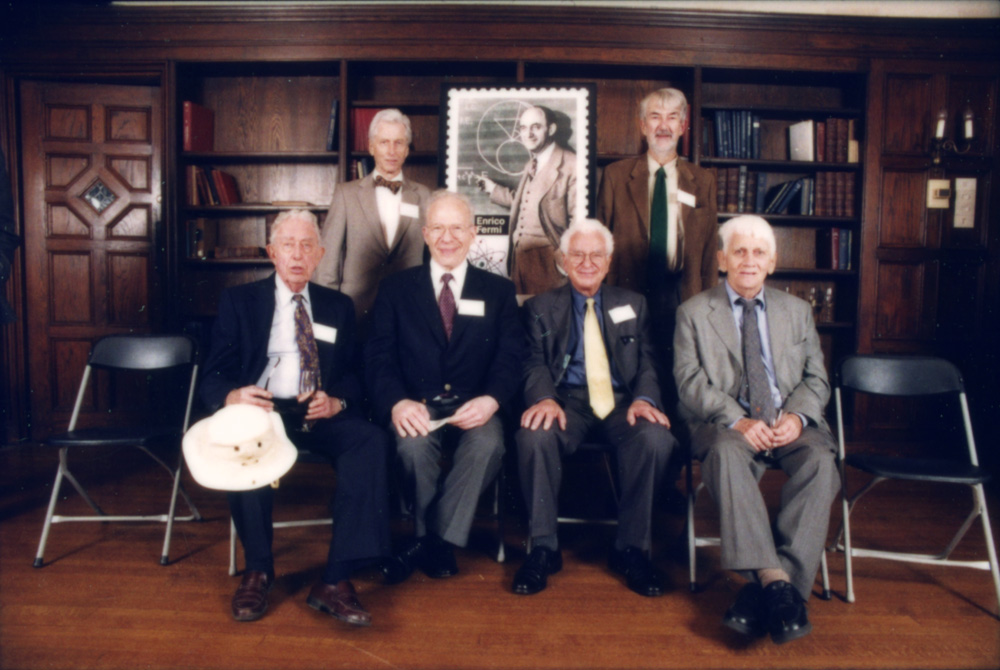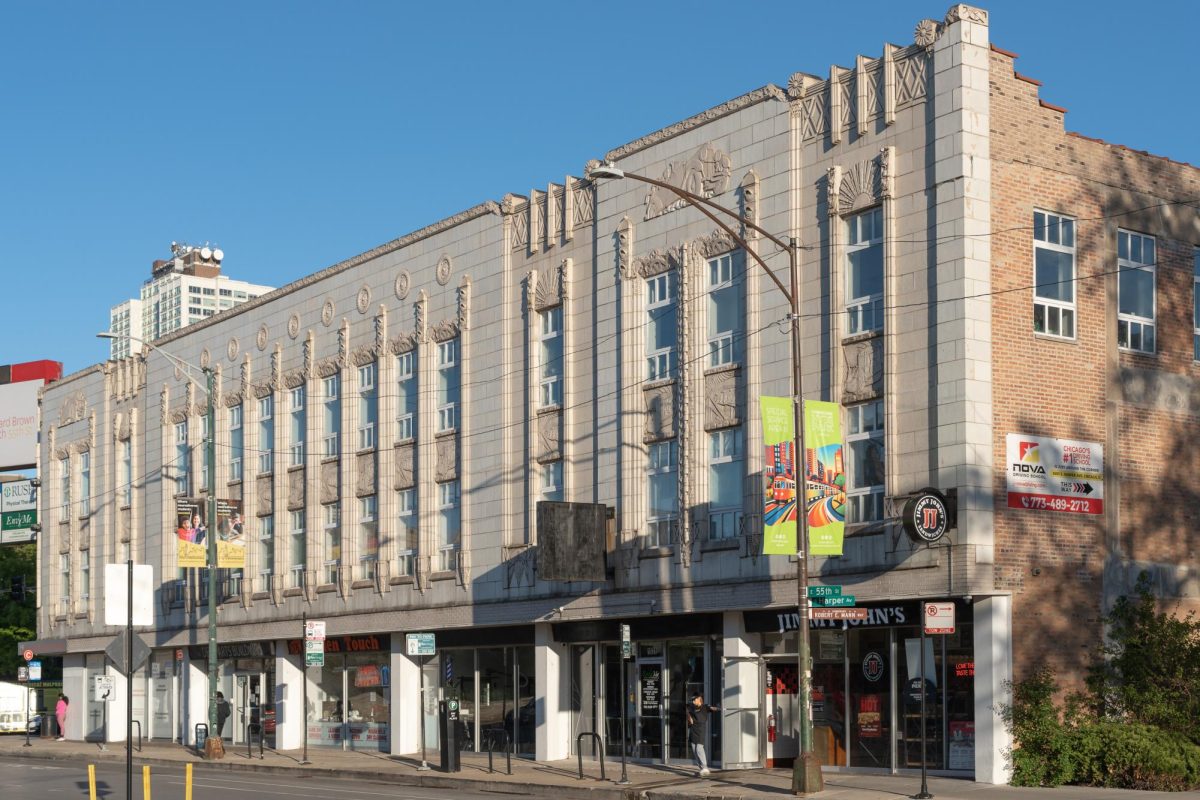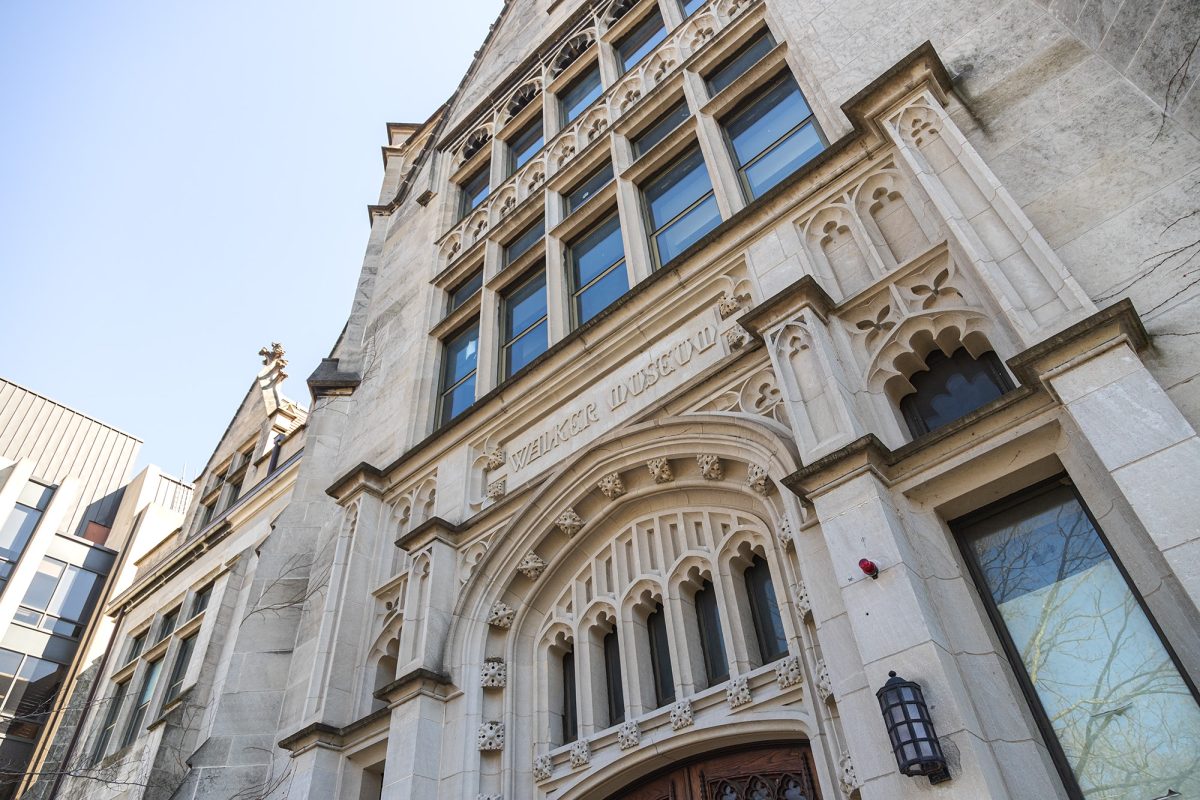1,160 of the 3,550 students admitted to the College have accepted their offers of admission to the class of 2007 as of May 1, a yield rate of approximately 30 percent and one projected by Ted O’Neill, dean of admissions for the College. Approximately 50 students on the waitlist of 500 will be offered admission over the next month.
“This is who we predicted would come,” O’Neill said. “Many of the students who applied were at the top of their classes, so they might have also gotten acceptance letters from Harvard and Yale, and some of our other peer colleges, which have a more public reputation.”
Rising acceptance rates came during a period of economic tumultuousness, which affected college-bound students’ matriculation plans.
Shoshana Wolf said her daughter, Saleet, decided to apply here early because of how impressed with the school she was. Saleet, from Palo Alto, California, was accepted and plans on coming to school here, though she was accepted to several local Universities.
Saleet did not apply for financial aid, placing her family in a bind when their economic status changed.
“When she applied we said, ‘we can make it,’ ” Wolf said of her daughter. “But my business hasn’t been well. Hopefully we’ll manage; unlike some other families, it’s important that Saleet go where we think she’ll do best.”
Applications to the College rose 12 percent this year, the second highest rise in applications among colleges across the country. Of the 3,550 students accepted out of a pool of 9,100, 52 percent are female, and 9 percent are international students. About 50 percent of all applications this year were submitted online.
Reflecting on this year’s applicant pool, O’Neill said that the increase in applications to the College led to an increase in selectivity, yielding a statistically strong incoming class. The mean SAT score of accepted students was around 1432–55 points higher than five years ago–and about 70 percent will graduate in the top 5 percent of their class.
“This is still a very esteemed college, and the college had to be very selective in its admissions,” O’Neill said. “We had to look at the student’s test scores, grades, interests, activities, and other characteristics. These students come from all over the country, [and some are] the highest in their class.”
The admittance rate this year was 39 percent, 20 percent lower than five years ago, but still much higher than the admittance rates of Ivy League schools.
O’Neill also lauded the applicants’ essays during a discussion of the nationwide decline of student writing in the Washington Post. “People don’t write very well anywhere at any stage in their lives and probably never have, because writing is hard,” he said. “I don’t see a crisis in writing and, in fact, find the writing of the applicants to be better than it was some years ago.”
O’Neill attributed the increase in both applications and selectivity to the promotion campaign undertaken this year by the admissions office, which included sending more brochures to students whose addresses were purchased through the College Board, and sending more representatives to high schools across the country. He also pointed to the availability of an online application this year as a factor in the increase in applications.
Alicia Reyes, director of the Office of College Aid, reported that 1,931 financial aid decisions were already made in the beginning of May, compared to the 1,914 made last year over the spring and summer, indicating financial aid is a more significant matter for students this year than last year. Reyes attributed this increase to the current economic downturn.
“The issue that we haven’t seen until this year is that more students are inquiring about merit assistance,” Reyes said. “Students and their parents come in with more concerns about the economy than last year. Parents are having problems with the loss of employment and a reduction in their earnings because of the recession.”








